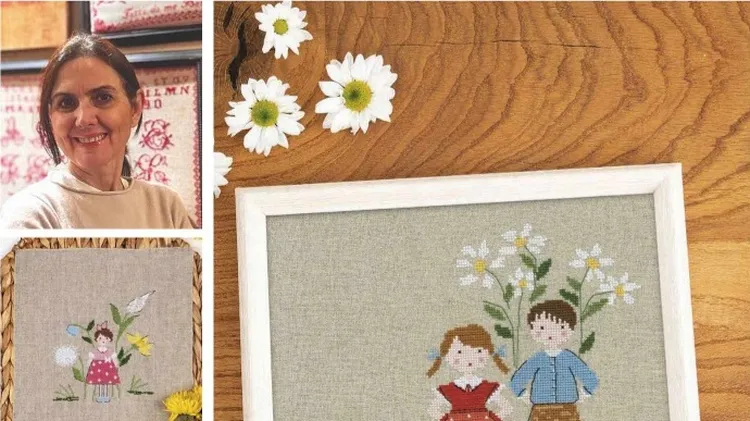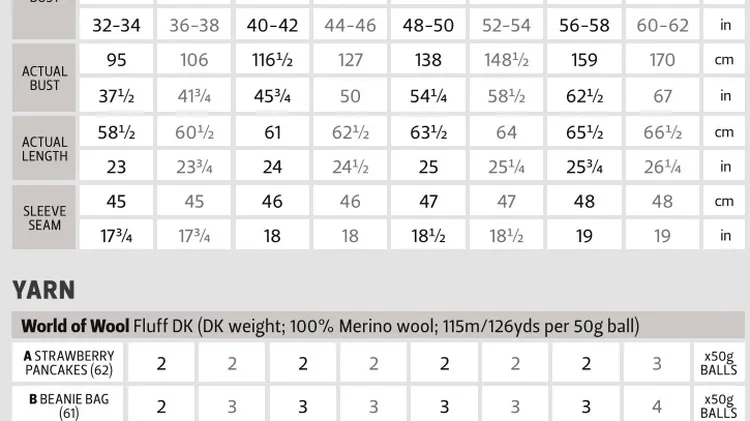Mary Macgregor of BAKKA reinvents traditional Fair Isle for her contemp
A future for fair isle
7 min read
This article is from...
Read this article and 8000+ more magazines and newspapers on Readly






